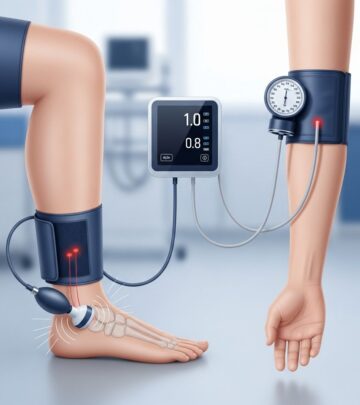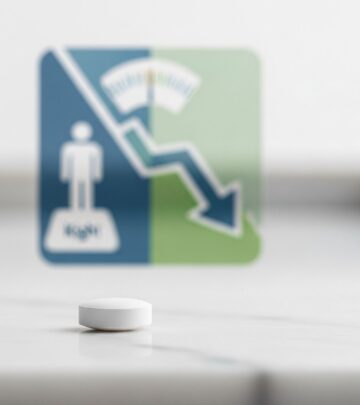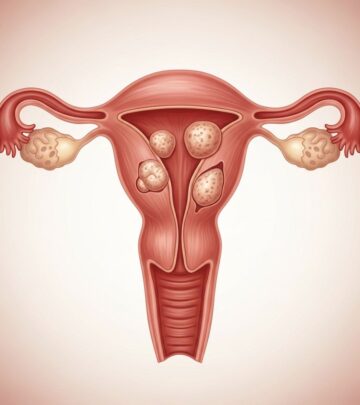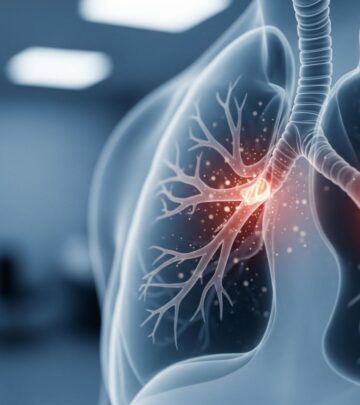Sleep Apnea: Symptoms, Causes, and Key Risk Factors
Explore the symptoms, causes, and underlying risk factors of sleep apnea, a widespread and potentially dangerous sleep disorder.
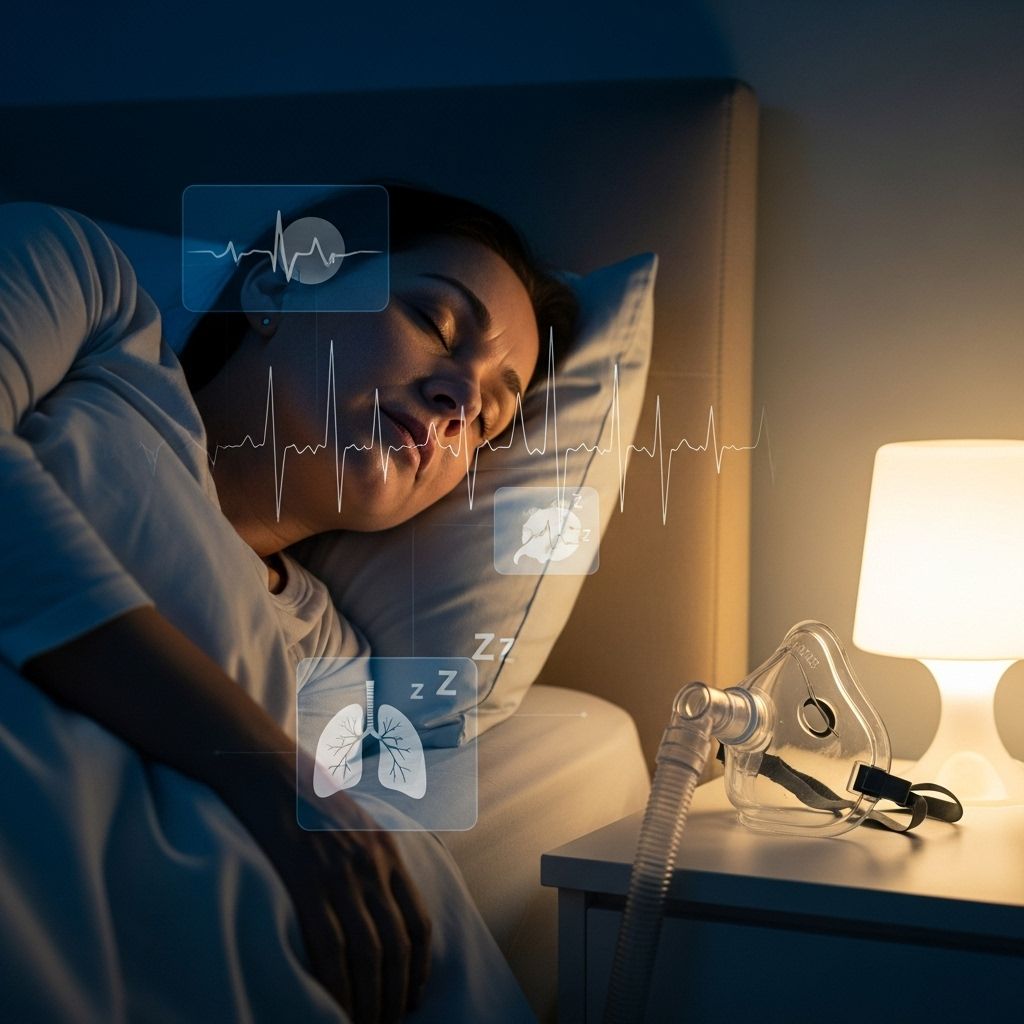
Sleep apnea is a serious sleep disorder characterized by repeated interruptions in breathing during sleep. These interruptions, known as apneas, cause drops in blood oxygen level and disrupt sleep, potentially resulting in significant health complications if left untreated. While loud snoring is a hallmark, many cases go undiagnosed because symptoms may be subtle or attributed to other causes.
Understanding Sleep Apnea
Sleep apnea involves repeated episodes of partial or complete cessation of breathing during sleep. It can affect anyone at any age but is most commonly observed in certain high-risk groups. The disorder often leads to poor-quality sleep, excessive daytime tiredness, and an increased risk of high blood pressure, heart problems, and other health conditions.
Main Types of Sleep Apnea
- Obstructive Sleep Apnea (OSA): The most common type, caused by blockage or narrowing of the upper airway when throat muscles relax.
- Central Sleep Apnea (CSA): Less common; occurs when the brain fails to transmit proper signals to breathing muscles.
- Complex Sleep Apnea Syndrome: Also called “treatment-emergent central sleep apnea,” this form involves features of both OSA and CSA.
Symptoms of Sleep Apnea
Not everyone with sleep apnea exhibits all symptoms. Some people may be unaware they have the condition, as breathing interruptions typically occur during sleep and are often noticed by partners or family members.
Common Signs and Symptoms
- Loud snoring, generally more pronounced in OSA
- Episodes of breathing cessation during sleep, often observed by another person
- Sudden awakenings accompanied by shortness of breath, more likely in CSA
- Awakening with a dry mouth or sore throat
- Morning headache
- Difficulty staying asleep (insomnia)
- Excessive daytime sleepiness (hypersomnia)
- Attention problems and trouble concentrating
- Irritability and mood changes
Children with sleep apnea may exhibit symptoms such as bedwetting, unusual sleeping positions, excessive sweating at night, and behavioral or learning problems.
When to Seek Medical Attention
- Loud, persistent snoring (especially if coupled with periods of silence followed by gasping)
- Extreme daytime drowsiness, which can lead to falling asleep at work, while watching TV, or even when driving
- Observations by others of breathing pauses during sleep
- Frequent awakenings, choking, or gasping during sleep
- Chronic fatigue, irritability, or memory difficulties
If you or your partner notice any of these warning signs, consult a healthcare provider for evaluation and possible diagnosis.
Causes of Sleep Apnea
Obstructive Sleep Apnea (OSA)
OSA occurs when the muscles in the back of the throat—responsible for supporting the soft palate, uvula, tonsils, throat walls, and tongue—relax excessively during sleep. This relaxation causes the airway to narrow or collapse, resulting in temporary breathing interruptions.
- Reduced airflow lowers blood oxygen levels.
- The brain detects this, briefly waking you to reopen your airway—often so briefly you do not remember it.
- This cycle can repeat five to 30+ times per hour, interfering with deep sleep stages.
- People may snort, choke, or gasp when aroused from these breathing interruptions.
Central Sleep Apnea (CSA)
CSA is less common and involves the brain’s failure to send proper signals to breathing muscles. As a result, there is no effort to breathe for short periods, leading to repeated awakenings and difficulty maintaining sleep.
- Those affected may waken with shortness of breath.
- Insomnia and trouble staying asleep are common complaints.
- CSA can occur independently or in combination with OSA.
Other Causes and Contributing Conditions
Several factors can provoke or worsen sleep apnea:
- Excess weight and obesity
- Enlarged tonsils or adenoids in children
- Congestive heart failure (especially with Cheyne-Stokes breathing)
- Use of opioids or sedative medications (in CSA)
- Stroke or brainstem-related conditions
- Alcohol or tranquilizer use, which overly relax throat muscles
- High altitudes may trigger CSA in susceptible individuals
Risk Factors
| Risk Factor | Description |
|---|---|
| Excess Weight | Obesity is the leading risk; fat deposits in the upper airway can block breathing, raising the likelihood of OSA. |
| Neck Circumference | A thicker neck can mean a narrower airway, increasing the blockage risk. |
| Being Male | Men are two to three times more likely to have sleep apnea than women. However, risk increases in women after menopause or if overweight. |
| Age | Older adults have a higher risk than younger adults or children. |
| Family History | Genetic predisposition and anatomical features may be inherited, increasing risk. |
| Alcohol, Sedatives, or Tranquilizers | These substances relax the muscles in the throat, exacerbating airway collapse. |
| Smoking | Smokers have increased risk due to airway inflammation and fluid retention. |
| Nasal Congestion | Difficulty breathing through the nose, whether due to anatomical reasons or allergies, can heighten risk. |
| Certain Medical Conditions | Insulin resistance, high blood pressure, heart failure, stroke, diabetes, Parkinson’s disease, and polycystic ovary syndrome are linked to increased risk. |
| Prior Stroke | History of stroke may predispose to CSA or OSA due to brain or muscle impairment. |
| Anatomical Features | Inherited irregularities, such as a narrow airway, enlarged tonsils, or large tongue, contribute especially in children. |
Types of Sleep Apnea Disorders
Obstructive Sleep Apnea (OSA)
OSA is diagnosed when the airway is physically blocked, most often by soft tissue relaxation in the throat. It is the most prevalent form of sleep apnea and is commonly associated with loud snoring.
Central Sleep Apnea (CSA)
CSA involves a failure of the brain to signal breathing muscles, often occurring with underlying medical conditions such as heart failure or after a stroke.
Complex Sleep Apnea or Treatment-Emergent Central Sleep Apnea
This type occurs when a patient with obstructive sleep apnea develops central sleep apnea during treatment with CPAP (Continuous Positive Airway Pressure) therapy.
Sleep Apnea in Children
Pediatric obstructive sleep apnea often results from enlarged tonsils or adenoids that block the upper airway during sleep. Childhood obesity can also be a factor. In children, sleep apnea may manifest as:
- Behavioral problems
- Poor school performance
- Hyperactivity
- Bedwetting
- Strange sleeping positions
- Loud snoring or breathing interruptions
Serious Health Consequences
- Chronic sleep deprivation and poor sleep quality
- High blood pressure (hypertension)
- Increased risk of heart attack, stroke, and irregular heartbeat
- Type 2 diabetes or worsened blood sugar control
- Daytime fatigue, leading to accidents at work or while driving
- Liver problems and abnormal cholesterol levels
- Impaired immune function and chronic inflammation
What Should You Do If You Suspect Sleep Apnea?
- Talk to your primary healthcare provider. Describe any symptoms you, your partner, or family members have noticed.
- Consider your risk factors. Inform your healthcare provider about family history or known associated conditions.
- Diagnostic tests may be advised, such as overnight sleep studies (polysomnography) for confirmation.
Frequently Asked Questions About Sleep Apnea
Q: Can anyone get sleep apnea, or is it mostly seen in specific age groups?
A: Sleep apnea affects both adults and children but is more common in middle-aged and older adults as well as those who are overweight. Risk also rises in men and in postmenopausal women.
Q: Does everyone who snores have sleep apnea?
A: No, not all snorers have sleep apnea. However, loud, persistent snoring, especially when combined with choking or pauses in breathing, is a significant warning sign that should be evaluated.
Q: What is the difference between obstructive and central sleep apnea?
A: Obstructive sleep apnea is due to a physical blockage of the upper airway, while central sleep apnea results from the brain not sending signals to breathe.
Q: Can children outgrow sleep apnea?
A: Some children may outgrow sleep apnea, especially if caused by enlarged tonsils or adenoids that later shrink. However, persistent symptoms should always be discussed with a pediatrician.
Q: Are there lifestyle changes that help reduce sleep apnea risk?
A: Yes. Maintaining a healthy weight, avoiding alcohol or sedative use before bedtime, sleeping on your side, treating nasal congestion, and quitting smoking can all reduce the risk or severity of sleep apnea.
Key Points to Remember
- Sleep apnea is a common but serious sleep disorder that disrupts normal breathing and sleep quality, impacting overall health.
- The two main types are obstructive and central sleep apnea, with obstructive being the most prevalent.
- Symptoms include loud snoring, daytime fatigue, and observed pauses in breathing.
- Many risk factors are controllable, while others—like anatomy or age—are not.
- Early recognition and medical intervention can dramatically improve health outcomes and prevent complications.
Read full bio of Sneha Tete

